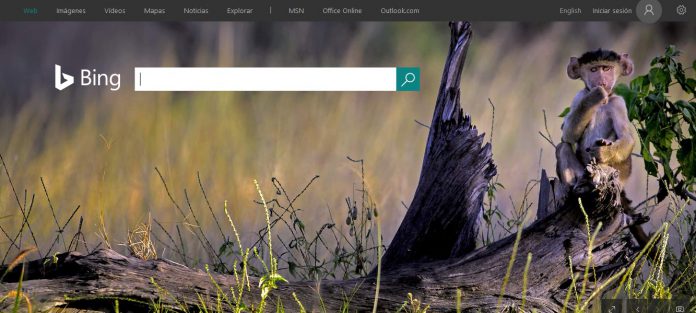Shum started by offering an update on Bing’s use in important markets. He points out the search engine powers 33% of PC searches in the United States. Additionally, it now has a 25% share in the United Kingdom. The executive admits the differences between search engines when finding websites is not too different. In other words, Google will surface websites as well as Bing, and vice versa. However, people are expecting more from engines and want more accurate answers. Machine learning AI, speech recognition, and machine reading comprehension are already at work. Users utilize personal assistants and want more personal and accurate experiences. Shum says Bing will use conversational results by offering more direct answers through AI. Of course, he explains how this will be achieved.
Empowering Bing
Direct Answer: Microsoft continues to improve its machine reading comprehension (MRC) standards. Recently, the Microsoft Research team bettered human reading comprehension based on the SQuAD benchmark. “MRC helps us extract the best answer from a passage in the web document by matching the semantic meaning of the query and the passage. We also offer contextual answers by making inverse inferences from machine learning results into something users can relate to. For example, when you search “the size of Iraq” on Bing, you get not only “169,235 square miles” but also “about equal to the size of California.”” Multiple perspectives: Search engines typically surface an answer as fact. The problem is, some questions need more nuanced answers with more perspectives. Bing now supports multiple perspective answers and will surface multiple valid perspectives for questions. Dialogue is a critical part of evolving search: Microsoft wants Bing to be more in tune with users and deliver an increasingly personal experience. The company has powered the search engine to be more interactive and use previous searches to find the best results. “Here’s an example: When we search for “headache” on Bing, additional options are presented to help us narrow down what we want to know. When we click on “types of headaches,” it takes us to other options until we find what we’re looking for. Simply put: this is an important capability to make conversations between people and machines more natural, and we will be shipping it with Cortana in the coming weeks.”




